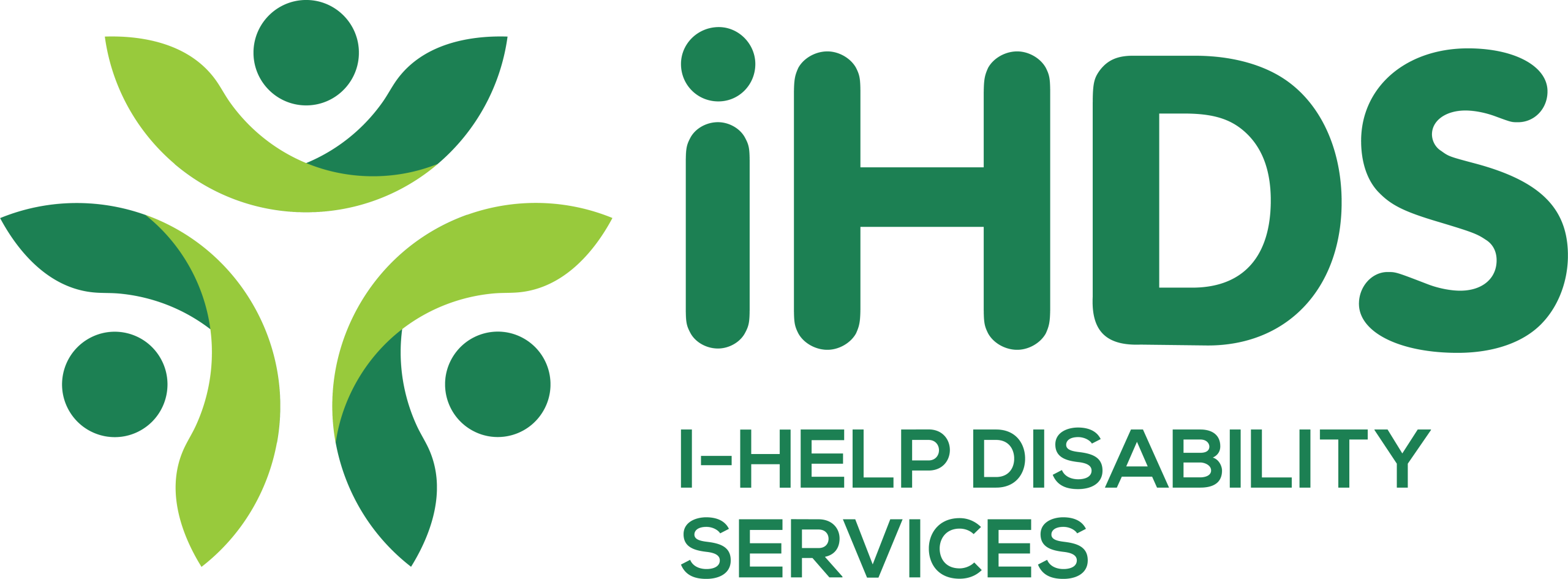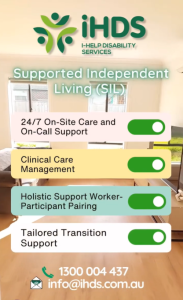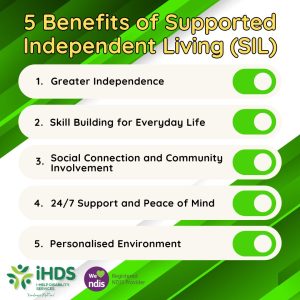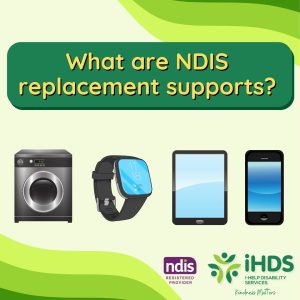Transition from Supported Residential Services (SRS) and Supported Independent Living (SIL)
Supported Residential Services (SRS) and Supported Independent Living (SIL) share similarities such as offering individuals that require special care such as personal care activities, assistance with daily living, and taking medication among others, however, there are some distinct differences. SRS providers can provide accommodation to individuals of any age, generally provided for low-level of care needs, whereas SIL providers are only able to provide accommodation to NDIS participants that have been assessed as eligible for SIL. SIL accommodation is typically for participants with high-level care needs, typically with one-to-one support or one-to-two support needs. SIL providers typically have multiple SIL homes for participants to choose or provide SIL in your own home with support workers on the premises 24/7.
SRS accommodation is similar to nursing homes, with some SRS being located in retirement villages. However, SRS are not aged care facilities, anyone can apply for SRS accommodation without an aged care assessment, young or old. There is a variation in the level of care that residents in SRS need and some may not provide assistance with daily activities that some residents require, especially for NDIS participants with high-level care needs, therefore SIL would be the best option for them to receive all the support they require. SIL is designed to offer the support participants need to achieve their goals and live independently.
The transition process from SRS to SIL can take a considerable amount of time, especially if SRS residents don’t have NDIS funding. since it’s not considered as urgent as transitioning from Hospital to SIL accommodation. If SRS residents do not yet have NDIS funding, they will need to first apply for NDIS funding.
How to get NDIS funding (blog)
How to get NDIS funding (Video guide)
Step 1. Check your eligibility on the NDIS website.
Step 2. Complete the Access Request Form. You can complete the access request over the phone by calling 1800 800 110.
Step 3. Gather supporting information from a health professional as evidence of your disability.
The treating health professional who provides the evidence of your disability should:
- be the most appropriate person to provide evidence of your primary disability; and
- have treated you for a significant period of time (e.g. at least six months).
The list for the types of disability evidence can be found here
Step 4. Send the Access Request Form along with the disability evidence one of the following three ways. Via email NAT@ndis.gov.au, mail it to GPO Box 700, Canberra, ACT 2601 or take it to a local NDIA office.
Step 5. This NDIA may request for more information to be sent to them to decide about the request, in that case you will need to complete a Supporting Evidence Form which can be found here
Step 6. The NDIA they will send you a letter to notify you that they received your Access Request Form submission and whether the application has been successful.
Step 7. The NDIA will arrange for you to have a NDIS plan meeting with a Local Area Coordinator (LAC) to discuss your daily activities and things that are important to you, as well as your needs and goals. It is important that you are prepared for this meeting, so the LAC has a good understanding of your needs, goals and what you want included in your NDIS plan.
The NDIS has a list of questions that they have provided on their website that will be asked in the NDIS plan meeting can be found here:
Implementation stage:
- During the implementation on your NDIS plan, if you have support coordination as a support, you can contact I-Help Disability Services Support Coordination at 03 9863 6959 and we can go through your NDIS plan and connect you to the best supports available for you to be able to achieve the goals outlined in your plan. Our support coordination team will track how you’re going with your plan and determine new goals if required and promote independent decision-making, letting you have the choice and control over your plan and never make decisions on your behalf.
If you have any questions or need help with the process, feel free to give us a call.
Step 1: The first step to getting funding for Supported Independent Living and other home and living supports is through the completion of the Home and Living Supports Request Form. This document contains the following sections: reason for request, housing and living supports are needed, current living situation, current living arrangement, housing and living support goals, supports that are needed to meet your goals, how you manage everyday tasks, health care needs, assistive technology, home modifications, and decision-making.
Step 2: Your support coordinator/local area coordinator will connect you with an Allied Health professional for an assessment to determine the eligibility for SIL funding, which will be submitted to the NDIS.
Step 3: Your support coordinator will submit a change in circumstances form to the NDIS, letting them know you’d like to move into SIL accommodation.
Step 4: Your support coordinator will work closely with you to find and connect you with the most suitable SIL accommodation.
Step 5: The NDIS will assess all documentation including SIL quote. Your support coordinator and SIL services provider will work closely together. Step 6: Once the NDIS approves your SIL funding, the provider will assist you with your transition into supported independent living. IHDS can assist with your supported independent living options.
- Have a chat to us about your needs, goals, and expectations. We’ll help you explore options and supports required in your home or one of our welcoming IHDS houses.
- We’ll help you decided on an appropriate SIL house, develop your personal care plan, and create short, medium, and long-term goals.
- We’ll organise house inspections, followed by a meet and greet with staff, and schedule a move-in date.
If SRS residents already have NDIS funding but not yet have SIL funding, it will take them less to transition to SIL but they still need to apply for SIL funding.
We can assist with the process to getting NDIS funding and SIL funding and helping with finding an appropriate SIL home.
Contact us to have a no-charge, no-obligation chat to provide some clarity and we can discuss your options. If we can’t help you with services directly, we may well know people who can. We have connections to a wide range of providers and Allied Health professionals. Contact us via (03) 9863 6959, email us at info@ihds.com.au
Other services we provide are: Supported Independent Living (SIL), assistance with daily living, personal care, general life skills development, short-term accommodation and medium-term accommodation, support coordination, and group/centre activities. We provide services in clients’ homes and our SIL houses.
For more information, visit our website at: https://i-helpdisability.com.au/ Call us on (03) 9863 6959, email us at info@ihds.com.au
If you’re interested in becoming an IHDS Disability Support Worker, visit https://i-helpdisability.com.au/careers/ for job description and to apply.
Website: https://wwww.i-helpdisability.com.au
Facebook: https://www.facebook.com/ihelpdisability
Instagram: https://www.instagram.com/ihelp_disability
Twitter: https://twitter.com/iHDServices
Linkedin: https://www.linkedin.com/company/i-help-disability-services
YouTube: https://www.youtube.com/channel/UCMAbIcMY27CNbIeBWhGE5XQ






